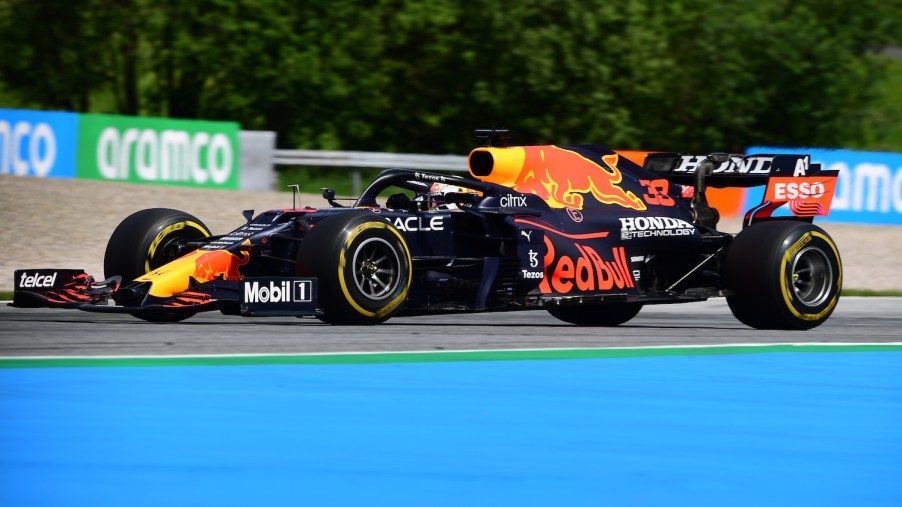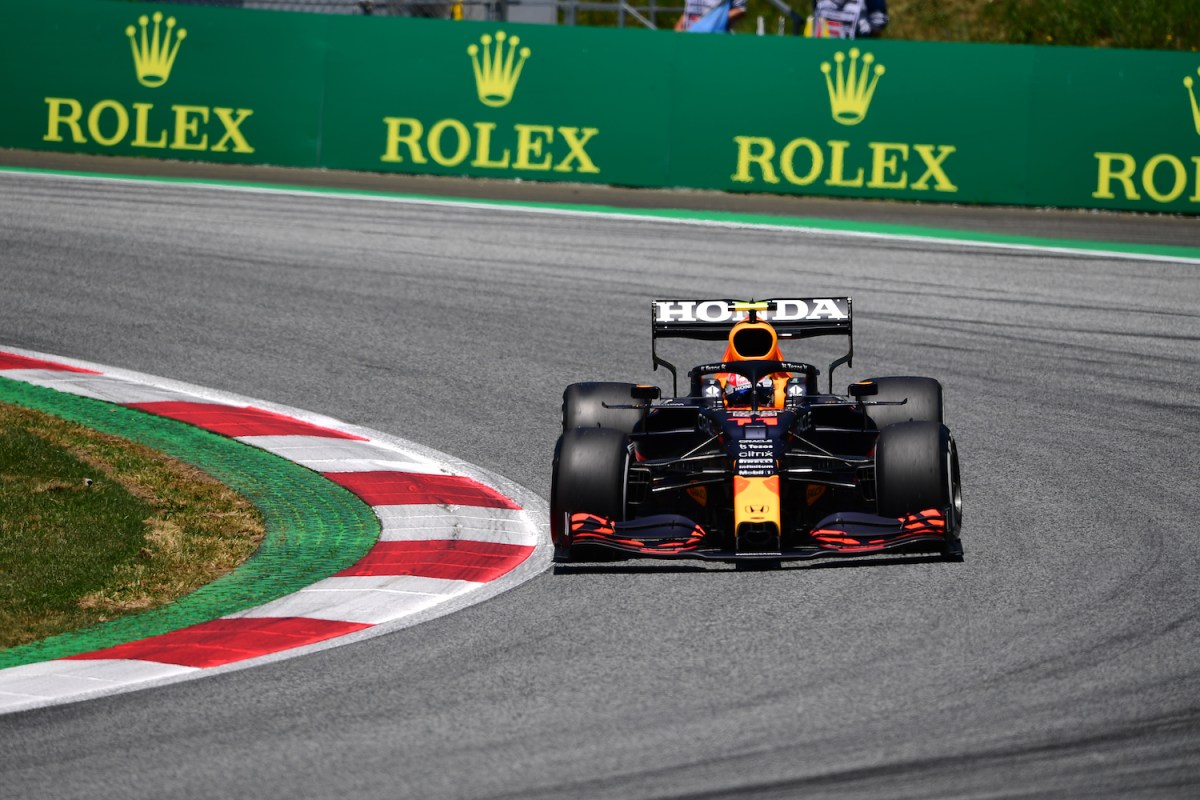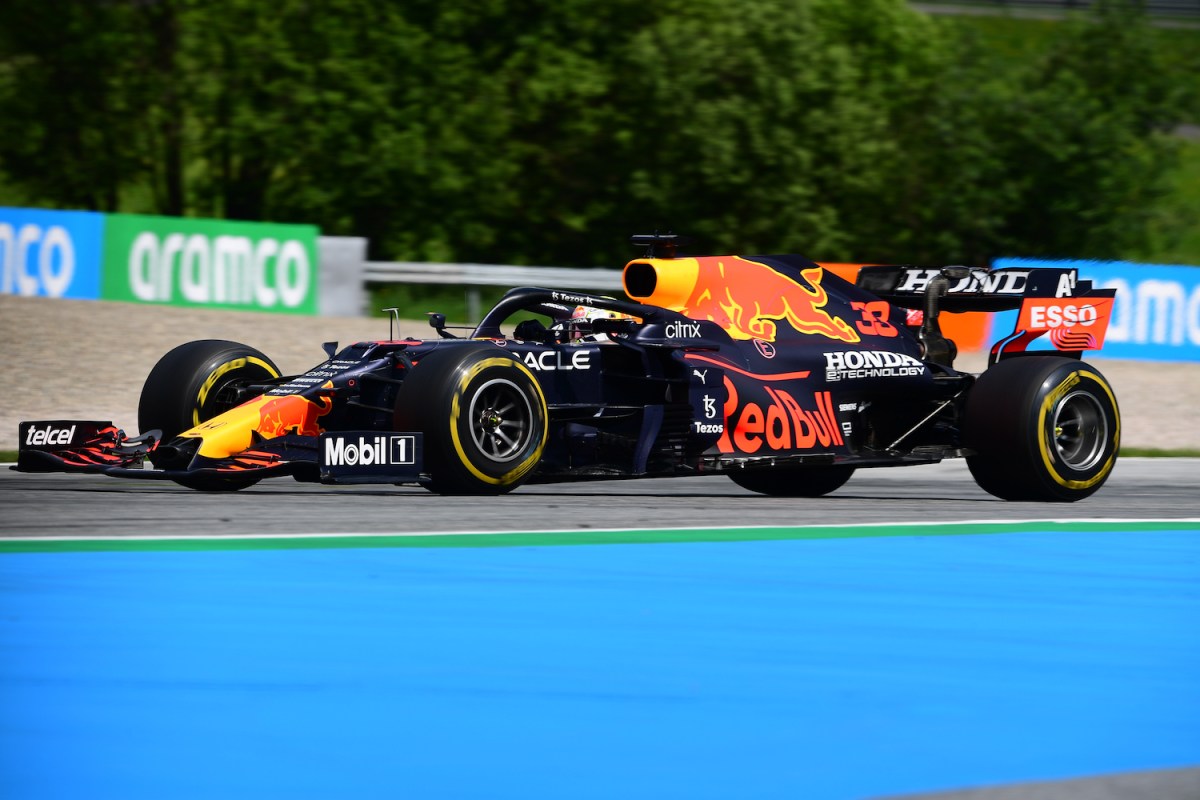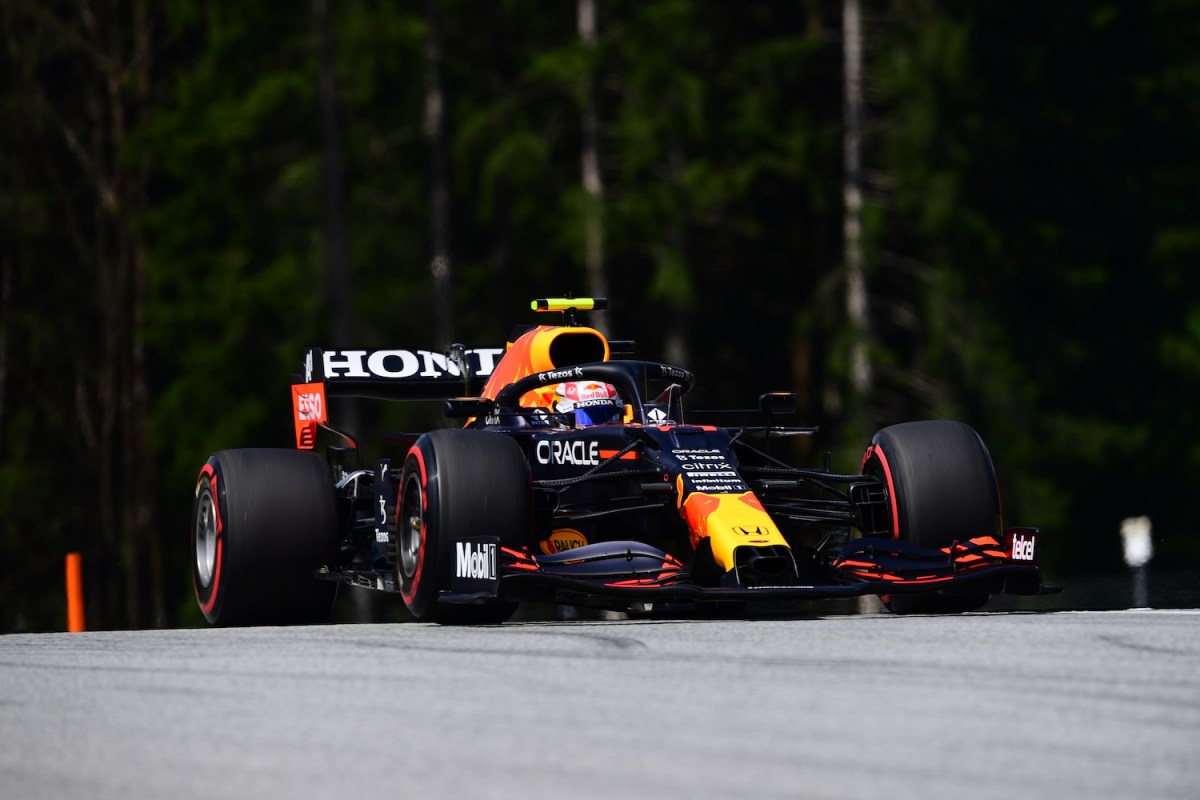
Red Bull Racing’s High Downforce Could Challenge Mercedes at Hungary
Following its defeat at Silverstone in the Formula 1 British Grand Prix, Red Bull Racing will arrive at the Hungarian Grand Prix better prepared for downforce than arguably most other cars. A racetrack which Martin Brundle has dubbed “Monaco without the walls”, the Hungaroring is Silverstone’s polar opposite. Silverstone rewards straight-line speed more than downforce. Red Bull hopes to fight back, using the Hungaroring to its high-downforce advantage. The Red Bull is quite possibly the fastest car on the grid over a lap.
Red Bull Racing has a history of building cars that handle well, at the expense of straight-line speed. However, Verstappen won handily at Silverstone for F1’s first-ever sprint race and was challenging for the lead on Sunday until his crash with Lewis Hamilton.
Because of their high-downforce setup, the Red Bull cars were able to carry more speed into the straights. According to Technical Contributors Mark Hughes and Giorgio Piola, this allowed the Red Bulls a quicker overall lap than the Mercedes.
Red Bull’s Rear Wings Increase Downforce

One way Red Bull achieved this downforce was by its rear wing design. Aside from its controversial flex wing, Red Bull used gurney flaps atop the rear wings, which added downforce but increased drag. This extra downforce gave the Red Bulls better speed through the slower corners, where Mercedes couldn’t afford to add any downforce as it would slow its lap time.
The Styrian Grand Prix practice sessions exhibited some weaknesses in the Red Bull design that stemmed from pre-season testing. The Red Bull cars were spinning out in slower corners at Austria, says retired racing car designer Gary Anderson. Since then, it seems Red Bull has figured out how to increase stability. The potential of these types of changes came to fruition at both the Styrian and Austrian Grand Prix, when Verstappen dominated with help also from two significant upgrades to his front wing and bargeboards.
Deflectors Help Produce Downforce

Red Bull added “deflectors” to the floor for Silverstone, in front of the rear wheels. Deflectors are designed to deflect airflow from around the tires. Putting these deflectors in front of wheels increases lift and drag with a high-rake setup, as on the Red Bull. However, the benefit is the deflectors should preserve the performance under the floor, and at the rear diffuser. Hughes states these deflectors are at 90-degrees, which in theory should support rear-end performance.
Winglets on the Floor Encourage Vortices

Red Bull also added some winglets on the floor to accommodate a new diffuser at slow speeds. The vortices created at the edge of the floor, according to Hughes, were having a hard time keeping active. These winglets were apparently the solution. Those vortices are crucial to preserving the underfloor performance. Some of this technology may not appear next season, with different aero regulations for the 2022 cars.
The Hungaroring rewards high-downforce cars. Slow corners are common, and there’s only one big straightaway. Judging from Silverstone, this works in Red Bull’s favor, especially with the speeds its cars can carry in slow corners. What Red Bull has done is make a Formula 1 car that’s competitive at, so far, every track on the calendar. Friday’s free practice sessions already show the Red Bull’s strength.


